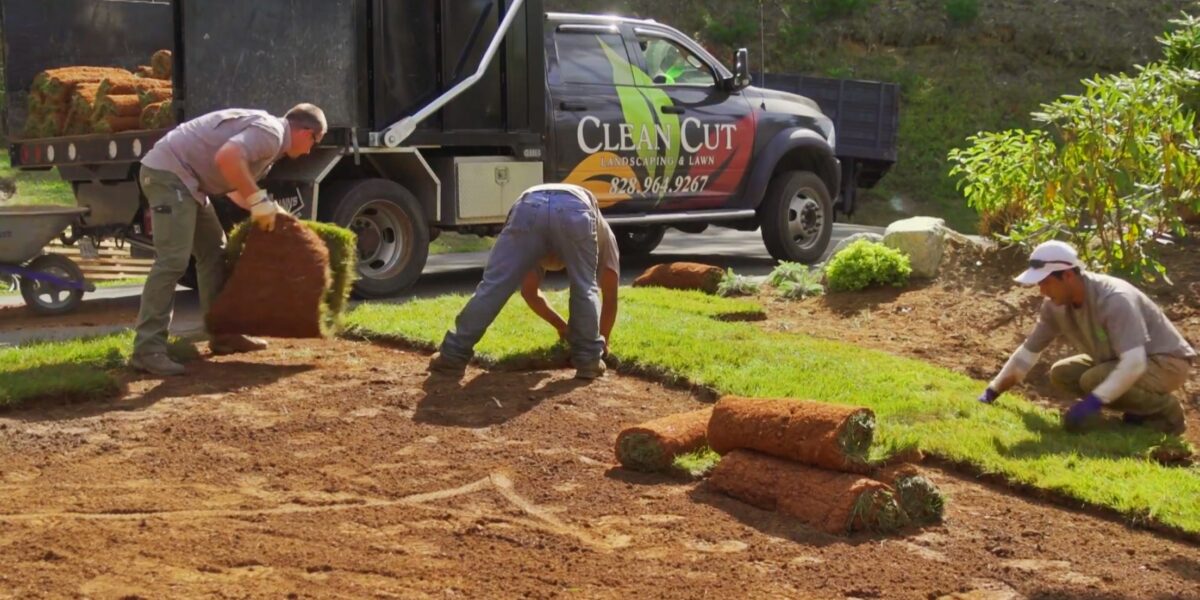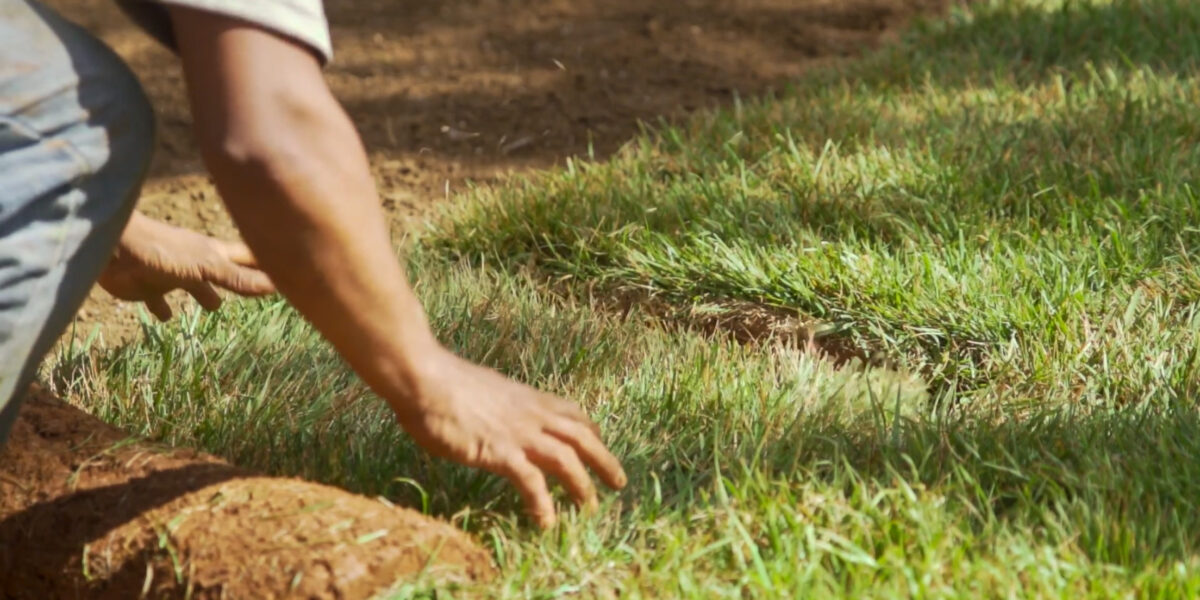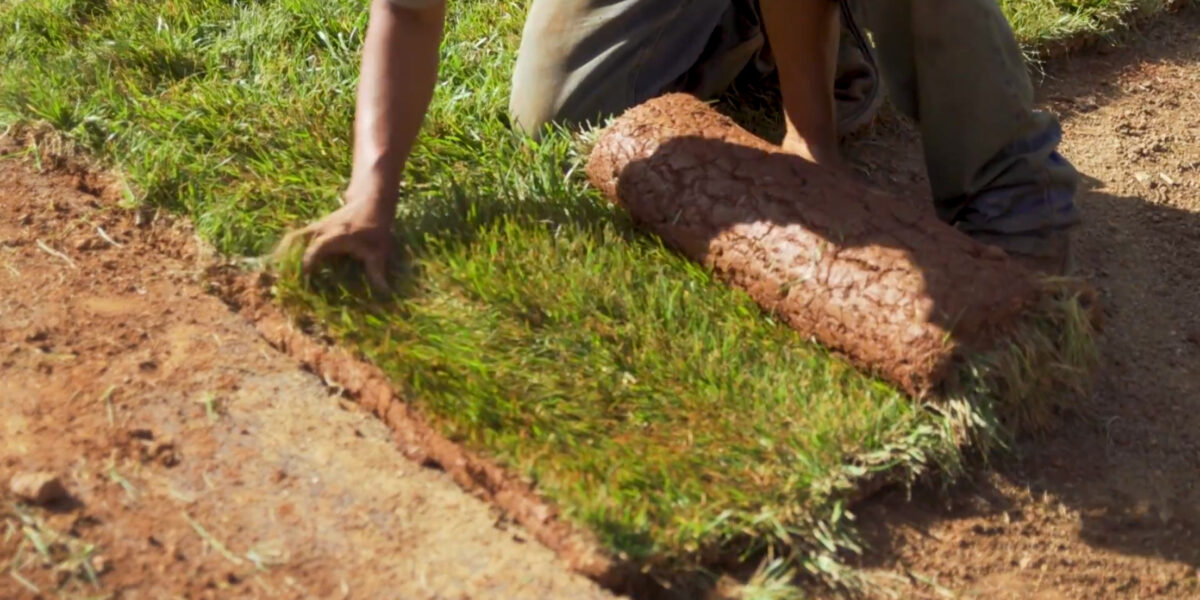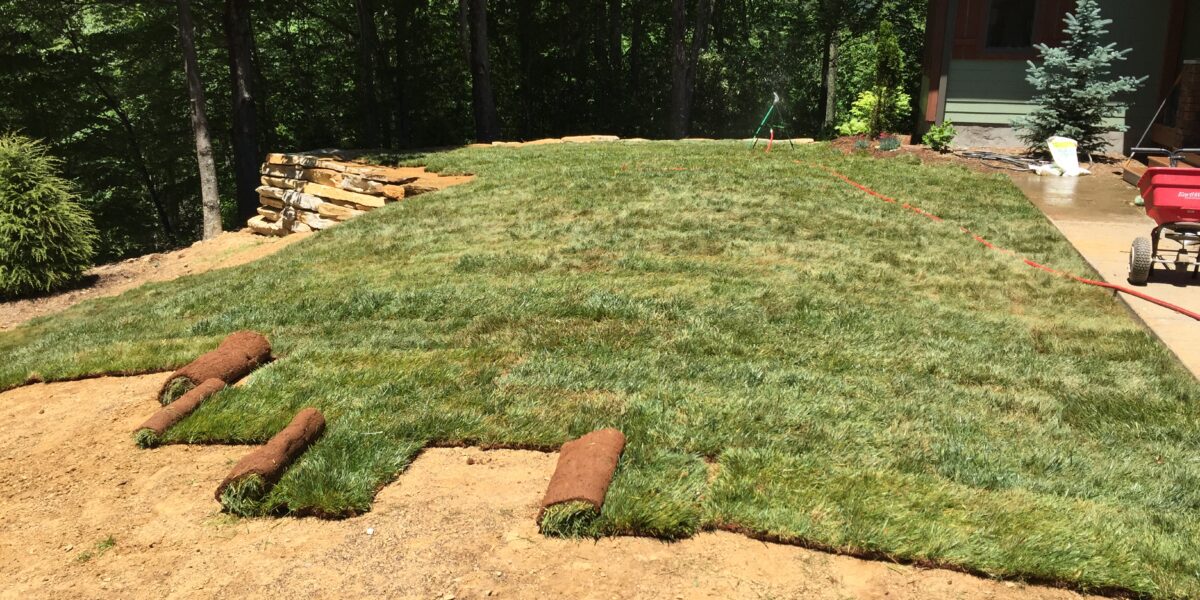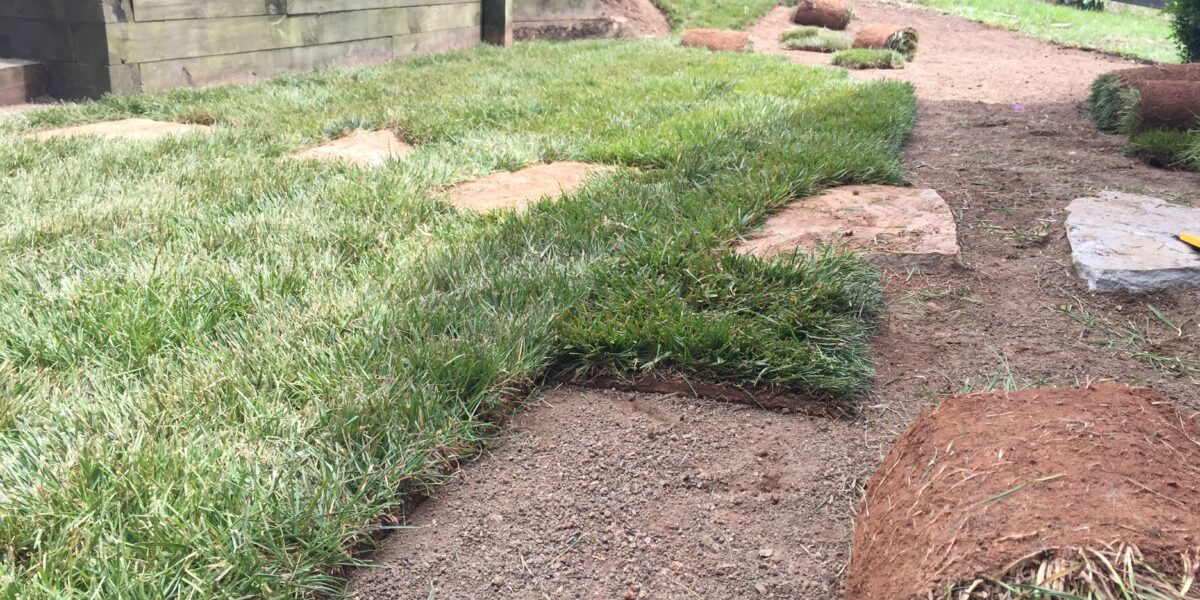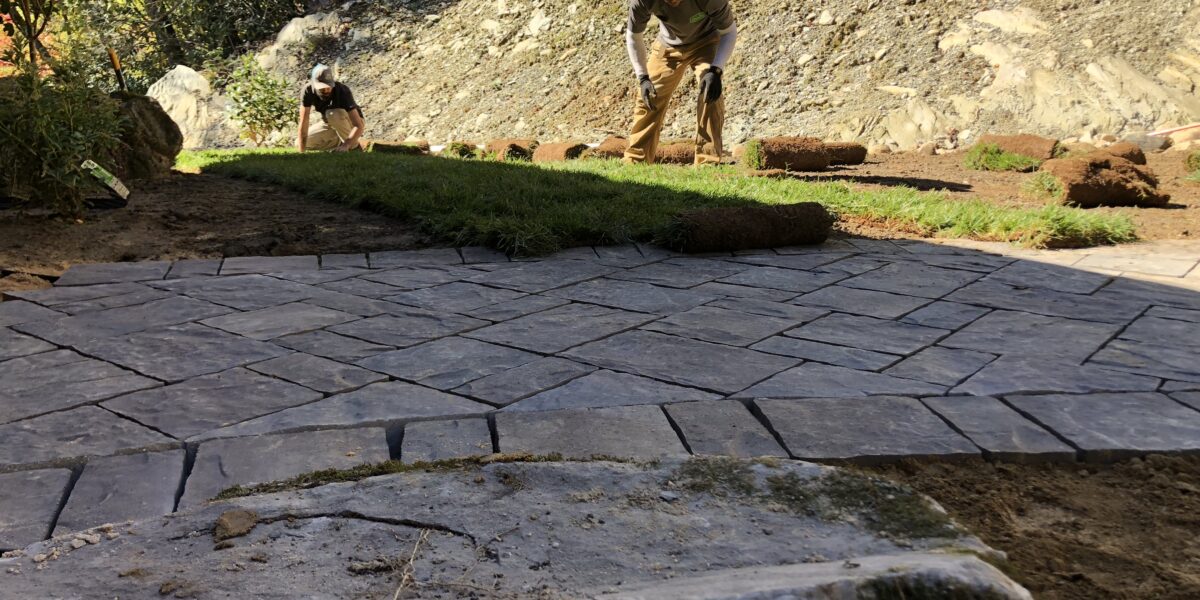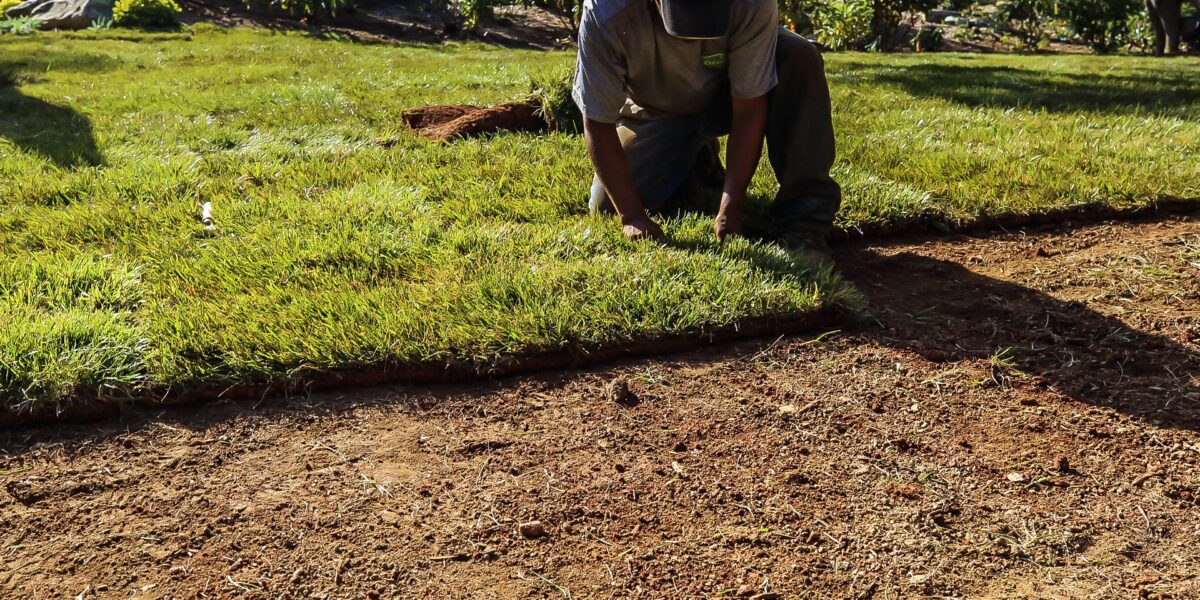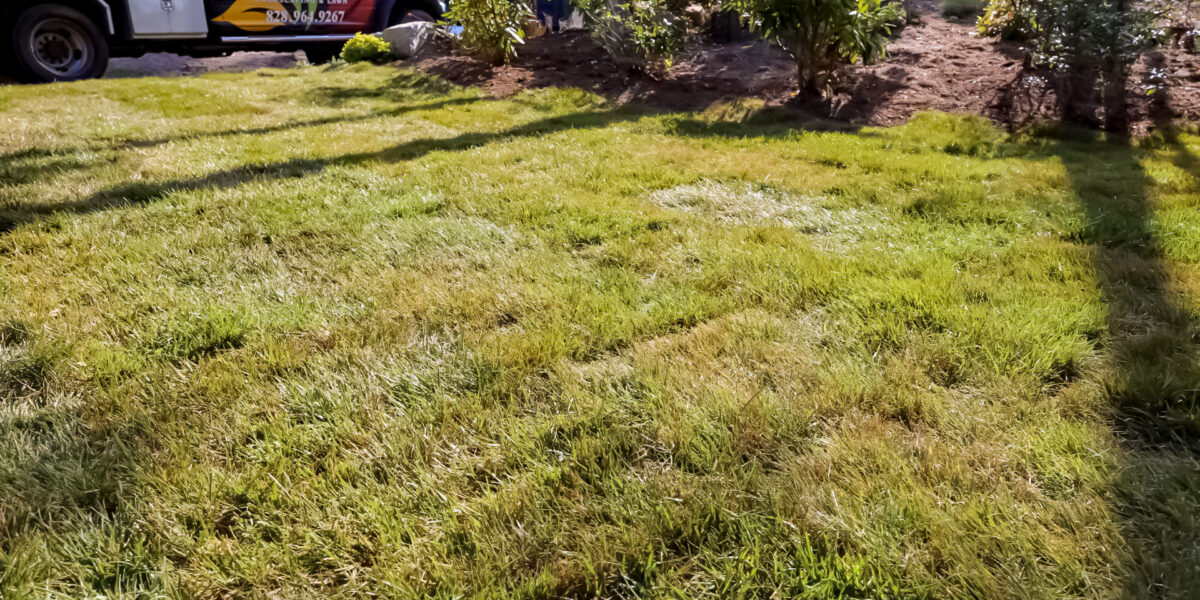An attractive landscape depends on a lush, green lawn to give it continuity. Sparse or unhealthy turf grass most certainly detracts from the beauty of trees, shrubs and other plantings no matter how well maintained. Newly installed sod is an immediate asset to a property, whether it surrounds a new home or business, or an existing one.
Nothing makes a new home more welcoming than a beautifully landscaped yard. The gratification of a freshly installed lawn far exceeds that of a newly seeded one and needs much less time to establish and maintain. Grass seeds have a tendency to wash away during watering and rain showers, requiring the additional work, expense and time of reapplication. Choosing the correct type of grass for a landscape’s sod lawn is essential to ensure proper establishment and growth. With sod, a new lawn should have an established root system within a couple of weeks after installation.
While not everyone can justify the cost of instant gratification in sod, there are other options. Although it’s not as popular as seeding or sod, hydroseeding is a good cost versus benefit alternative between a basic seeding or the heavy initial investment of sodding. If you’re considering hydroseeding as an option, you need to start with bare soil. This makes it a good option for new construction.
If you have lived in your home for a few years and have some grass already, you will need to first prepare the soil before hydroseeding. This will involve removing all of the existing grass and weeds and preparing the lawn to bare dirt before the hydroseeding mixture cab be applied to soil. Hydroseeding will typically yield about 75 percent germination rate, because the liquid paper mixture sticks to the bare soil. It is still best to hydroseed in the spring and fall. While it can take two or three full seasons to establish a nice lawn with seeding alone, when lawns are hydro-seeded in the fall and properly cared for with watering, in the spring, they ca look just as good as a sodded lawn, and for a portion of the cost.
More Services
- Aeration & Seeding
- Boulder Placement
- Fertilization Programs
- Fire Pits & Fireplaces
- Hardscapes
- Landscape Design
- Landscape Installation
- Landscape Maintenance
- Lawn Maintenance
- Mulch & Pine Straw
- Outdoor Lighting
- Patios, Walkways & Driveways
- Perennials & Annuals
- Planting
- Pruning & Trimming
- Retaining Walls & Stairs
- Seasonal Clean ups
- Snow Removal & Ice Management
- Sod & Hydroseeding
- Trees & Shrubs
- Water Features


